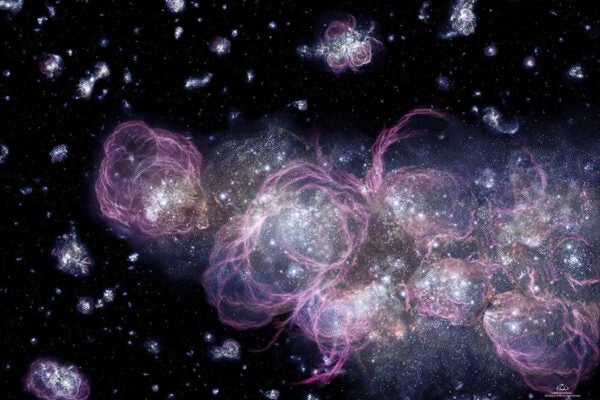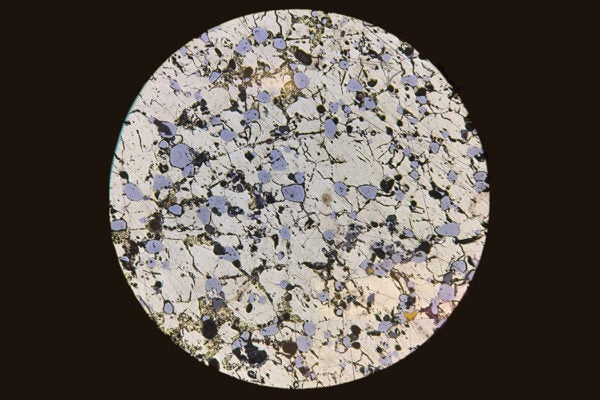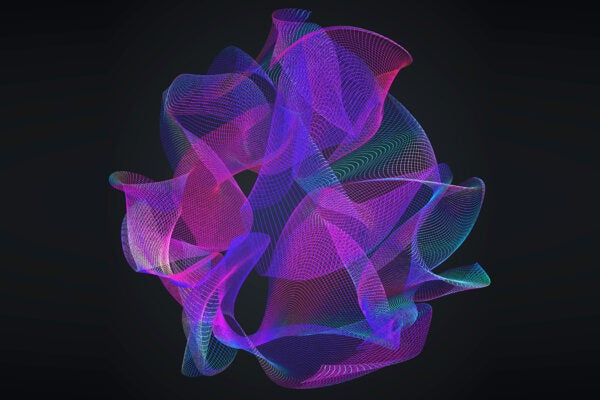The Caterpillars That Can Kill You
Some species make venoms that are deadly. With more research, those toxic compounds could yield useful medicines.
Hard Bites and Slow Songs
How beak size affects the singing and evolution of songbirds.
When Everything in the Universe Changed
The revolutionary James Webb Space Telescope and next-gen radio telescopes are probing what’s known as the epoch of reionization.
The Secrets of Butterfly Migration, Written in Pollen
Trillions of insects move around the globe each year. Scientists are working on new ways to map those long-distance journeys.
Bob Dylan and the Creative Leap That Transformed Modern Music
In 1964, Dylan decided that he wanted to make a different kind of music.
The Moon Might Be Older Than Scientists Previously Thought
A new study shines light on its history.
Home Foundations Are Crumbling. This Mineral Is to Blame.
Pyrrhotite causes cracks in concrete. But research on how widespread the issue might be has only scratched the surface.
Ginger, Tortie, Calico
The mystery gene responsible for orange color in cat coats has been found.
String Theory Is Not Dead
Out of the limelight, theoretical physicists seek the math that can explain the universe’s particles and forces.
A Blind Beetle Named Hitler?
The case for changing offensive names of animals and plants, and how it can be done









